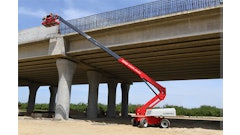Not long ago, backup generators were seen as simply another expense item and part of the cost of owning or managing an office building, multi-family property, hospital or university. Yeah, you needed to have them in case of emergency outages, but it was largely viewed as a sunk cost.
But no longer should generators be viewed as a required but mainly idle asset. Many New York City property owners and managers are now realizing something crucially important about backup generators:
They’re seeing that generators aren’t just able to generate power: They can also generate revenue. And they can do it in three big ways.
Designed to ensure the reliability of statewide and regional electrical delivery systems during periods of highest demand, incentives for DR load reduction are provided by the New York Independent System Operator (NYISO, or commonly referred to as “the statewide grid”) and Consolidated Edison, the regulated utility serving New York City and Westchester.
A properly equipped, 1.4-million-square-foot office building with quality backup generators could earn approximately $300,000 per megawatt (MW) each year in DR incentive payments for agreeing to reduce loads during peak alerts.
The second way backup generators can serve as revenue generators is during periods of “market opportunity.” Here’s how it works:
Let’s say a large commercial property is locked into a one-year, fixed-rate energy supply contract that pegs its electricity cost at eight cents per kilowatt. During the term of the contract, however, the market price rises to nine cents. This favorable price differential presents a “market opportunity” for property owners to sell their pre-purchased electricity back into the market and profit from the price difference.
When power is being sold back to the market in this way, the end-user is likely to rely, to some extent, on backup generation to make up the energy gap to adequately power the building.
Moreover, some elite ESCOs offer sophisticated software that carefully tracks price differentials while interacting seamlessly—and virtually unnoticeably—with a building’s energy management system. Buildings effectively become virtual “power plants,” generating revenue by making often-subtle shifts in usage unnoticed by building occupants.
The third and perhaps most intriguing way that backup generators generate revenue is by helping to increase rents through what we’ll call a “resiliency premium.”
The resiliency premium arose out of Superstorm Sandy in the fall of 2012.
For more about the revenue-generationg opportunities from backup power...



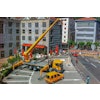
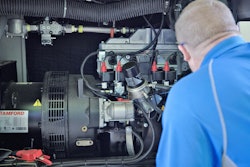


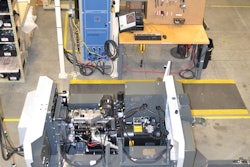
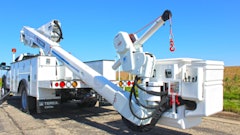




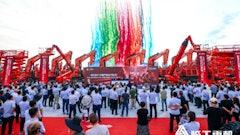

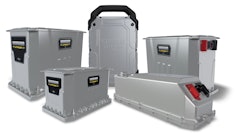

![Building Angled Sm Edit 6050b8d213f1b[1]](https://img.forconstructionpros.com/mindful/acbm/workspaces/default/uploads/2025/09/building-angled-sm-edit6050b8d213f1b1.Ygq5aAos3b.png?ar=16%3A9&auto=format%2Ccompress&crop=focalpoint&fit=crop&fp-x=0.53&fp-y=0.23&fp-z=2&h=135&q=70&w=240)
